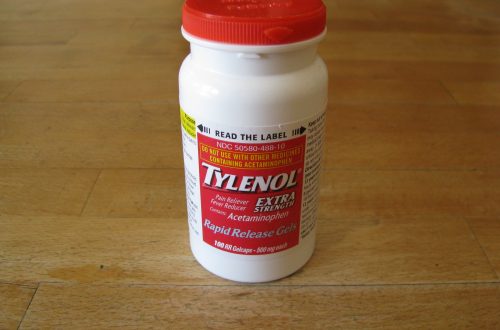Fashion Scientists Search for New Black Substitute
By Isaac Krone
May 13, 2014
The clothing industry is in tumult today as its best and brightest minds desperately seekh for what analysts call the “new black.” This coveted resource, arguably the fashion world’s most valuable, is worth billions to whoever discovers it. Tensions are building as fashion scientists from all corners of the world race toward the sequel to black.
Black is what fashionologists call a “universal donor”, meaning that it can be placed into any outfit without being rejected by the body. “It truly goes with anything and everything,” says Darryl Sinclair, fashion expert. He cites its simple tone and unassuming shade as the winning characteristics that make black the staple that it is. “These essential properties of black have been known for thousands of years,” he says, “if they’re synthetically replicated in a new form, the discovery would tear apart the very fabric of the industry.”
Some say that such an upheaval is about to occur. A top outfit engineer for one of the world’s foremost fashion firms, who contributed to this article on condition of anonymity, says that their team is working on the problem around the clock. “We feel pretty sanguine about a new substitute, and think we’re on the brink of a huge discovery. In the last few months we’ve narrowed our candidates down using extensive testing in the lab, and we’ve identified several colors and patterns that are nearly universally accepted by all of our test outfits.” If progress continues at this pace, their team could be green-lighting their invention for release this fall. “That being said, it’s always possible that another company will get to it first, releasing their product out of the blue. It’s why we have to move fast.”
Environmentalists are also excited about the possibilities of this new product. “Black just isn’t very green,” says environmental consultant Jessica Marshall. “If these scientists introduce a successful substitute for the color, millions of gallons of dye could be saved, dye that often pollutes our water supplies. It’s a win-win, because cutting down on dye helps smaller labels too. It’s expensive, and buying less would help keep them out of the red.”
While the future of the much-sought black substitute is still undetermined, Sinclair and Marshall both agree that black isn’t going out of style anytime soon. “There’s always a large gray area between what’s in and out of style, but we’re sure black will stay at the top of the gradient for some time now. After all, in this day and age, designers have been given much more carte blanche than they used to.”



